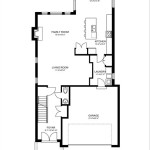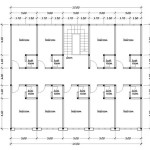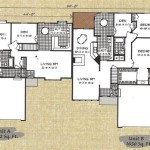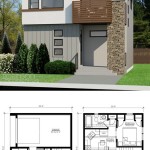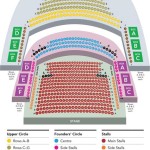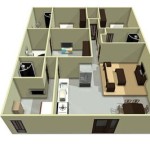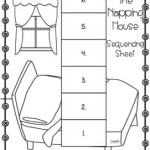Plan Section and Elevation of Houses: Essential Aspects to Understand
When designing or renovating a house, creating accurate plans, sections, and elevations is crucial for visualizing and communicating the intended structure. These drawings serve as essential tools for architects, builders, and homeowners to understand the layout, dimensions, and overall design of the building.
Plan
A plan is a two-dimensional drawing that shows the layout of a building from above. It includes the floor plan, which depicts the arrangement of rooms, walls, doors, and windows; and the roof plan, which shows the shape and pitch of the roof. Plans are essential for determining the overall footprint of the building, as well as the relationships between different spaces.
Section
A section is a vertical cut through a building, revealing the internal structure and spatial relationships. It shows the heights of different rooms, the location of windows and doors in relation to the exterior, and the overall massing of the building. Sections are crucial for understanding the building's volume, spatial flow, and how natural light penetrates the interior.
Elevation
An elevation is a two-dimensional drawing that shows the exterior of a building from a specific direction, typically the front, back, or side. Elevations indicate the overall height, shape, and proportion of the building, as well as the placement of windows, doors, and other architectural features. Elevations are essential for visualizing the aesthetic appeal of the building and ensuring its compatibility with the surrounding environment.
Essential Aspects of Plan, Section, and Elevation
To ensure the accuracy and effectiveness of plan, section, and elevation drawings, it is important to consider the following essential aspects:
- Scale: All drawings should be drawn to a consistent scale, allowing for accurate measurements and comparisons.
- Dimensions: All dimensions, including room sizes, wall thicknesses, and window heights, should be clearly labeled.
- Materials: The materials used for walls, floors, and roofs should be specified.
- Annotation: Drawings should include notes, labels, and symbols to convey design intent, such as material specifications, fixture locations, and structural details.
By following these principles, architects and builders can create plan, section, and elevation drawings that accurately represent the intended design, facilitate effective communication, and ensure the successful execution of construction projects.
Conclusion
Plan section and elevation of houses are indispensable tools for understanding the design and structure of a building. By adhering to essential aspects such as scale, dimensioning, material specification, and annotation, architects and builders can create accurate and informative drawings that serve as a foundation for successful construction projects.

Scheme Of The Tested Single Family House A Front Elevation B Scientific Diagram

Two Level House Elevation Section Ground And First Floor Plan Details Dwg File One Plans Small Design

Residential Building With Detailed Plan Section Elevation Specifications Plinth Design

Simple House Elevation Section And Floor Plan Cad Drawing Details Dwg File Cadbull

Pin On Quick Saves

House Plan With Section And Elevation In Dwg File Cadbull

House Plan Section And Elevation View Dwg File Cadbull

Construction Plan Drawings Elevation Cross Section And Ground Scientific Diagram

Solved Need A Simple House Plan Site Sectional Chegg Com

Floor Plans House Layout

